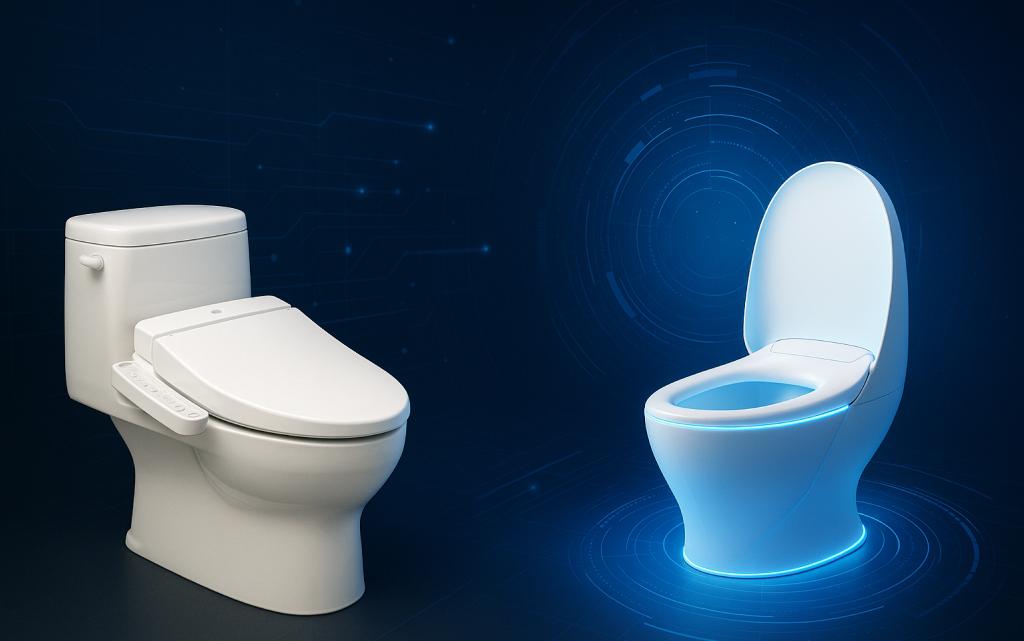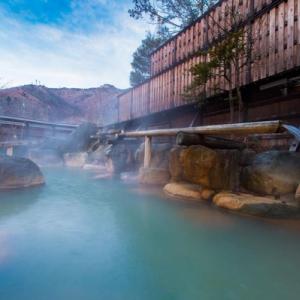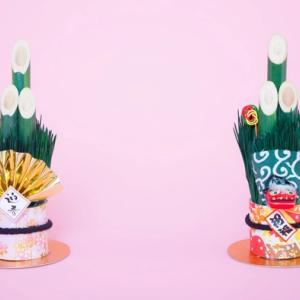Japanese Toilets: A Wild Ride of Buttons, Bidets, and (Fun) Surprises

More in Japan Life

How to Get Hired in Japan: A Practical Guide for Gaijin Professionals 💼
WorkJapan Life Free
FreeThe Ultimate Guide to Japan Onsen
TravelJapan Life Free
FreeMarriage in Japan: What It’s Really Like (& How It Actually Works) 💍
Love & RomanceJapan Life
🎍 Japanese New Year 2025: Traditions, Foods, and Festivities
CultureJapan Life
